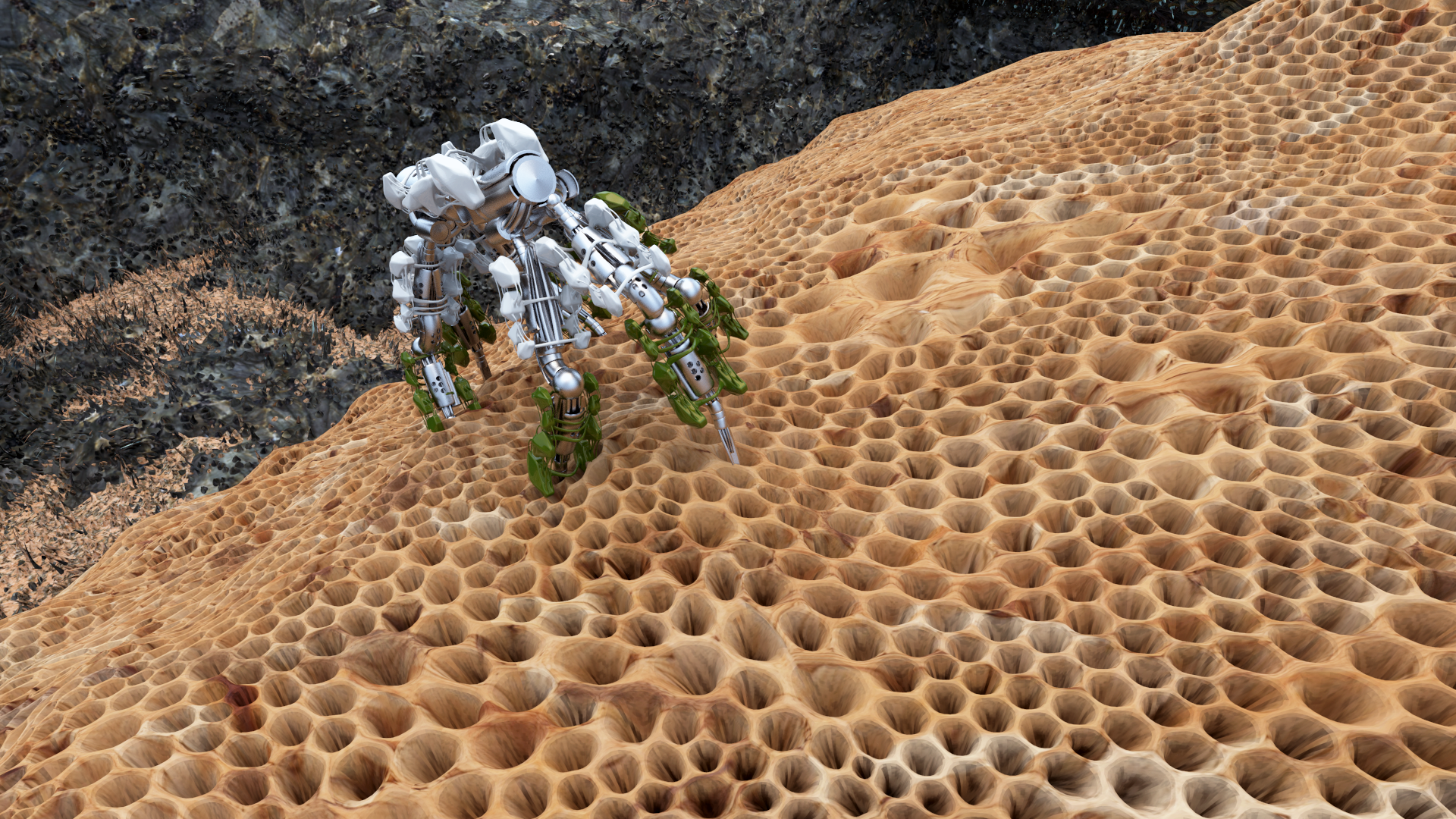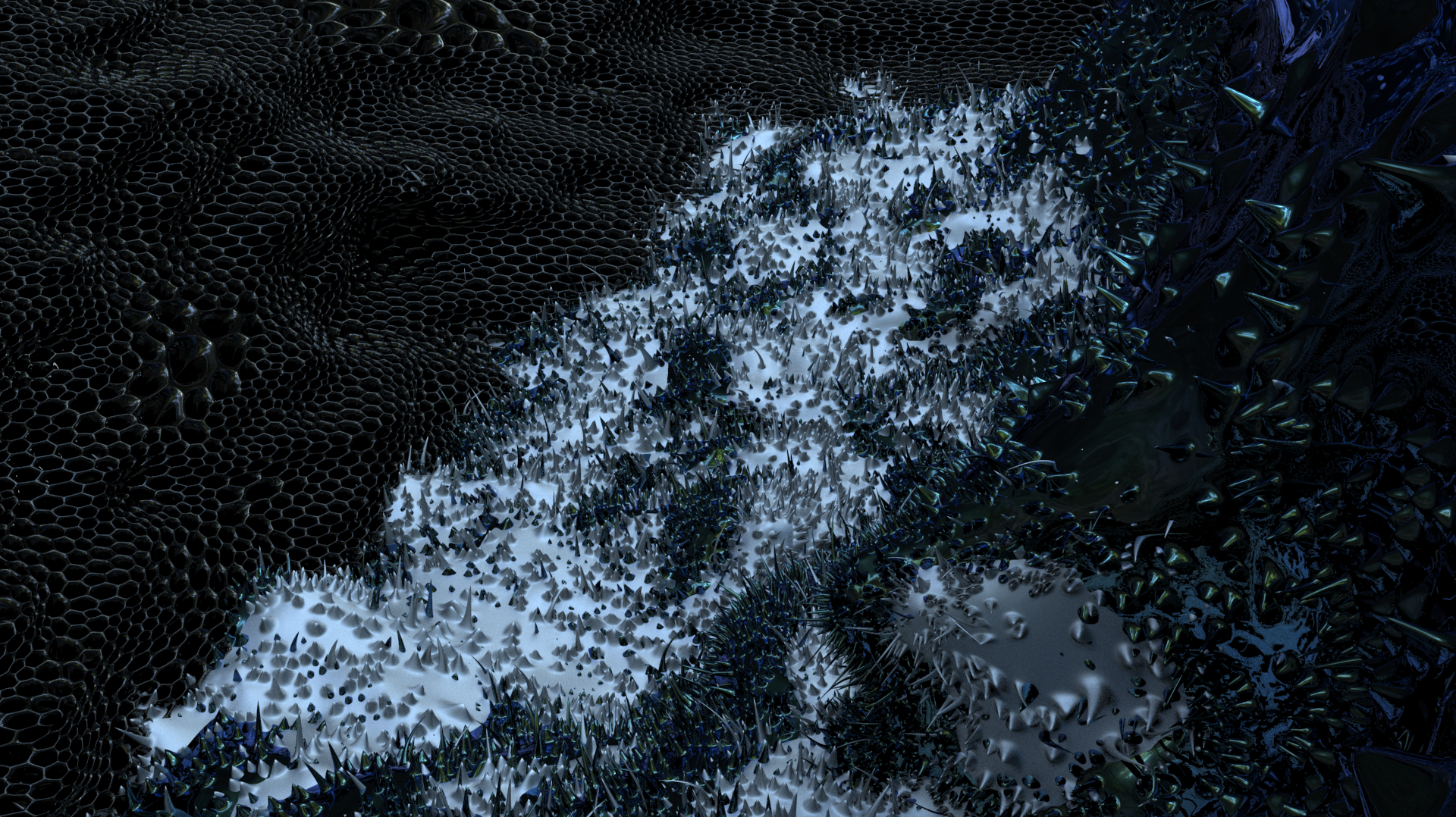Simulacra,
Fluid Geographies / Risky Territories
Theory Project
Urban Strategies Department, University of Applied Arts, Vienna
Instructor: Andrea Börner
According to Jean Baudrillard, what has happened in postmodern culture is that our society has become so reliant on models and maps that we have lost all contact with the real world that preceded the map. Reality itself has begun merely to imitate the model, which now precedes and determines the real world: "The territory no longer precedes the map, nor does it survive it. It is nevertheless the map that precedes the territory -precession of simulacra - that engenders the territory”. Baudrillard asserts that we have lost all ability to make sense of the distinction between nature and artifice.
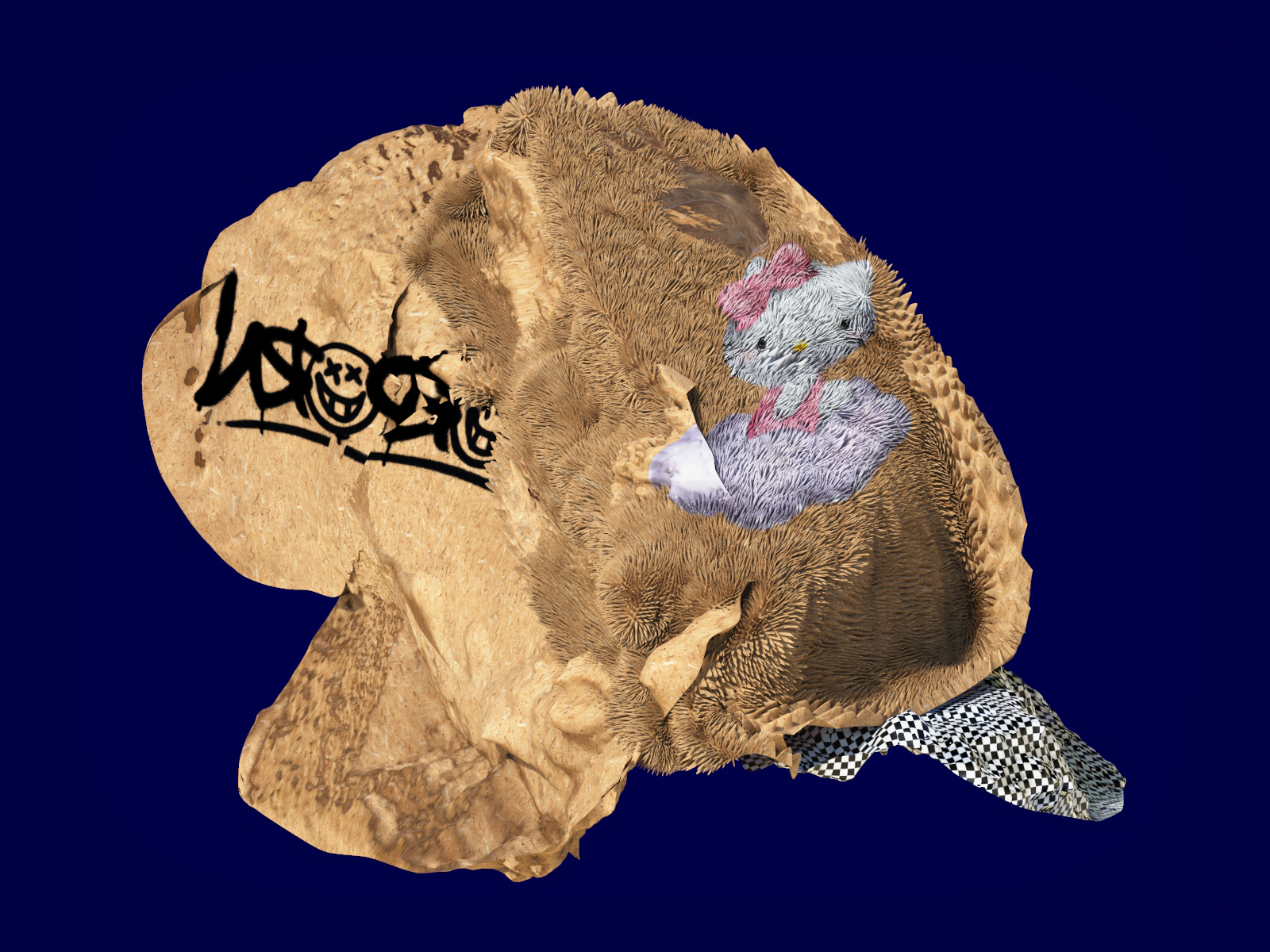
We can state a proposition that is very likely to be true: any entities with our general set of experiences are almost certainly living in a simulation; this entities do not have a "real" body in the external reality of the physical world. Instead, each is a fully simulated entity, possessing an appropriate level of consciousness.
Because it isn’t possible to represent the populated surface of the Earth without recourse to digital physics, there is no reality, but only a representation of it and since without representation the reality doesn’t exist, the true reality is the simulacrum (εἴδωλον), the representation.
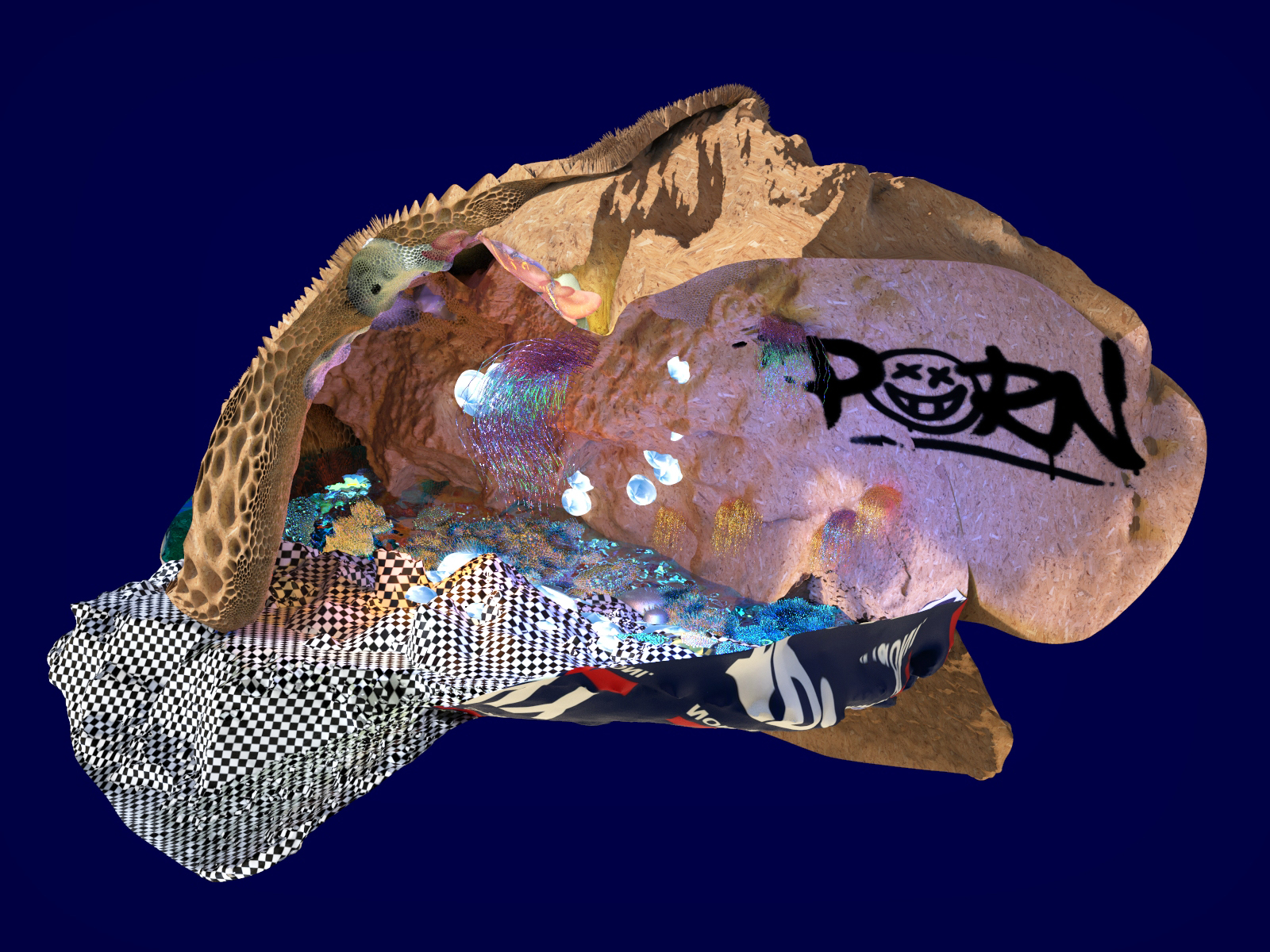
For most of human history, the vast watery abode - which covers 70 % of the Earth's surface - remained unexplored. But in recent decades, technology has begun to give humans a glimpse of the deep sea landscape. Submersibles can carry people to the deepest depths of the seafloor; and autonomous vehicles can now map a geography never seen by human eyes. Traditionally, humans have investigated the ocean from ships on its surface. But to really understand what it's like inside, one needs to be inside it. One of the world's first deep-sea human submersibles, Alvin, was built in 1964. Since then the underwater reality finds its materialization by the machine.
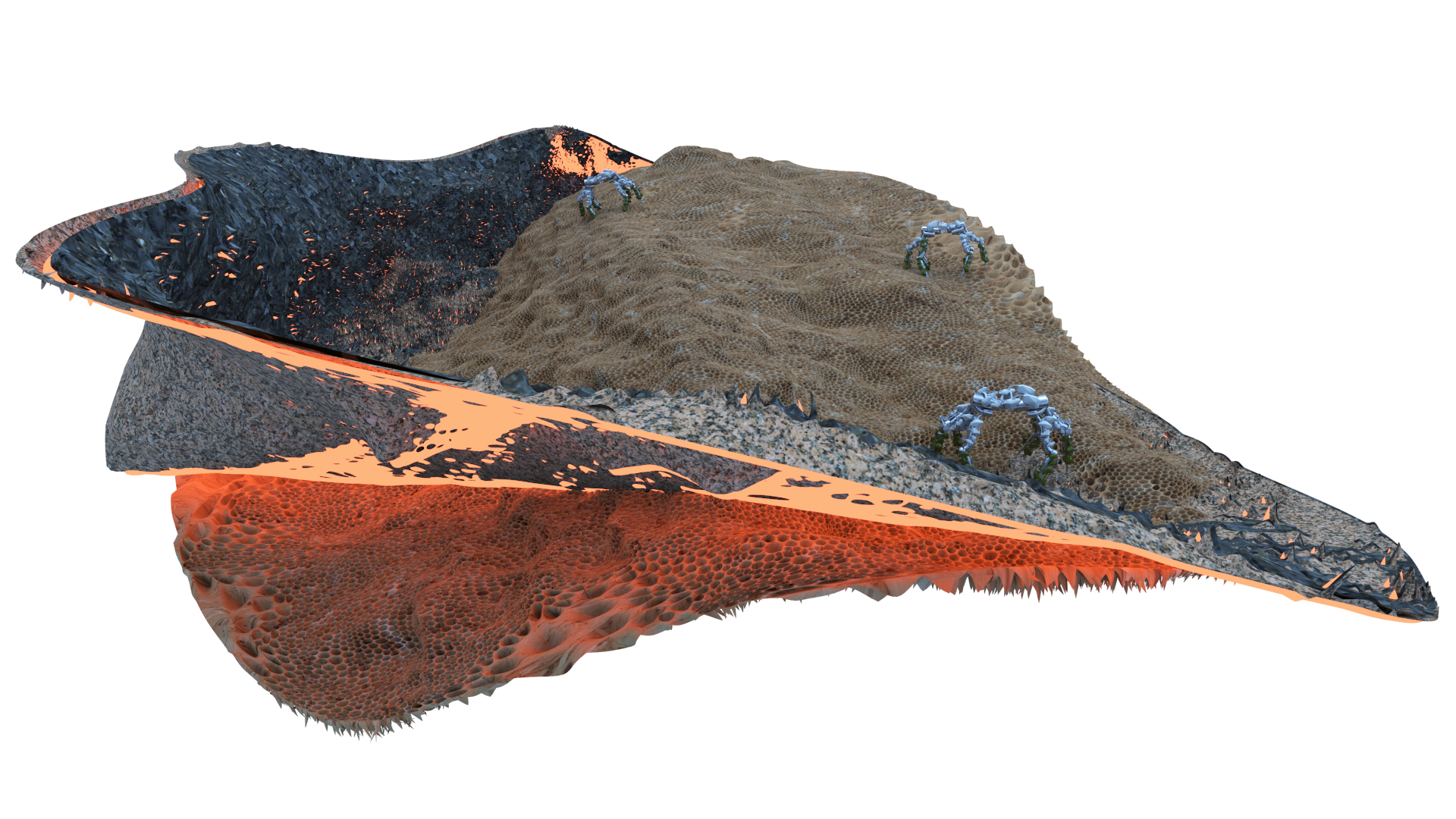
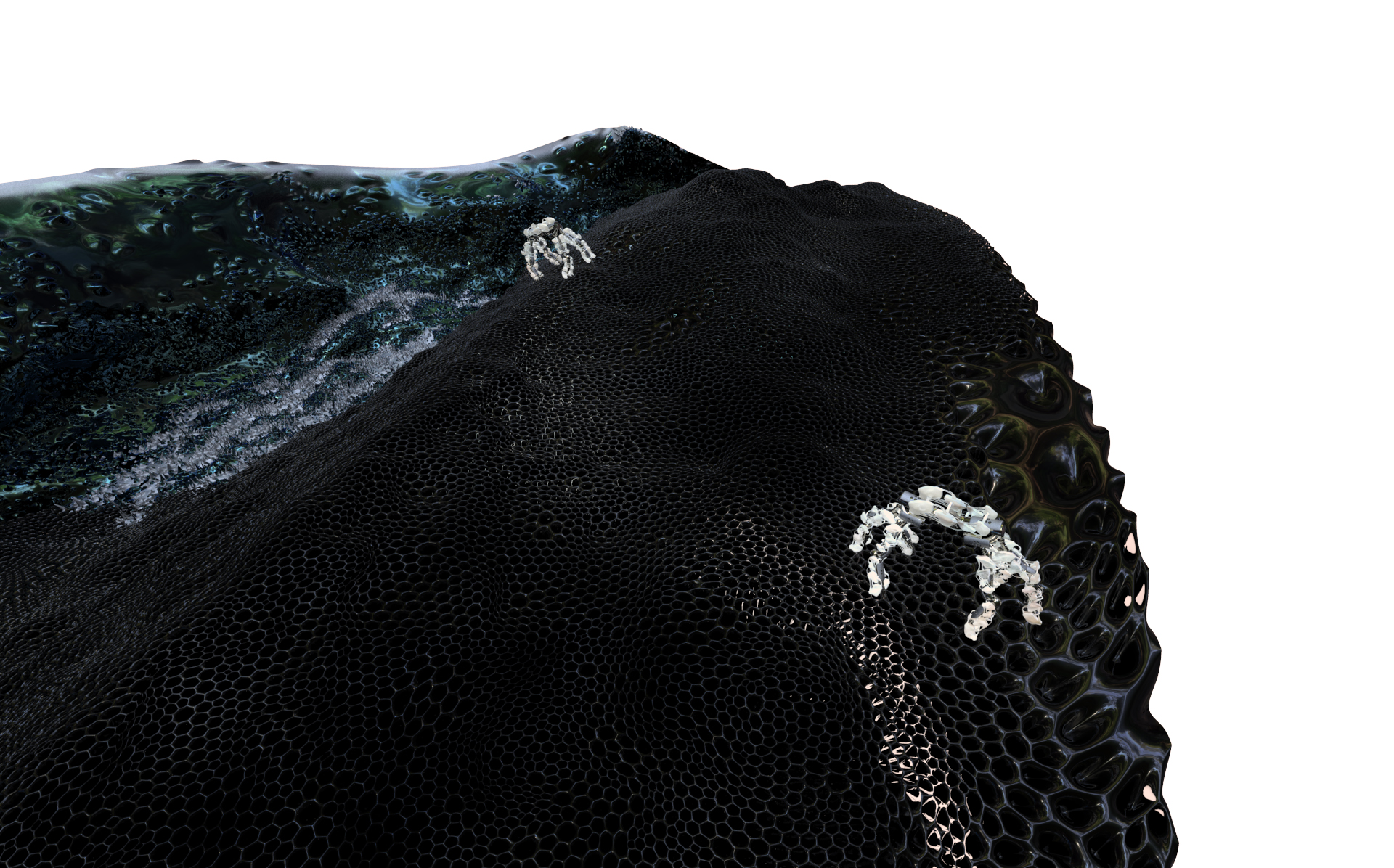

The submarine journey begins with a romantic dream, a perfect duplication or multiplication of our being; entering a sort of simulated environment which overlays the real world. First the blue deep sea unveil the representation of our idea of primordial dimension; it is a total submersion in an impenetrable liquid atmosphere with that dull sound, the sound that returns, but as if had already left to sink. Slowly our bodily experience falls into oblivion, losing its weight in a landscape of incredible proportions but without space, without dimension. Now the real is no longer what it was, and here nostalgia assumes its full meaning. The human being, artificially resurrected under the auspices of the real, in a world of simulation, of the hallucination of truth, is aware of the escalation of the true, of lived experience, a resurrection of the figurative where the object and substance have disappeared. The simulacrum is real.

